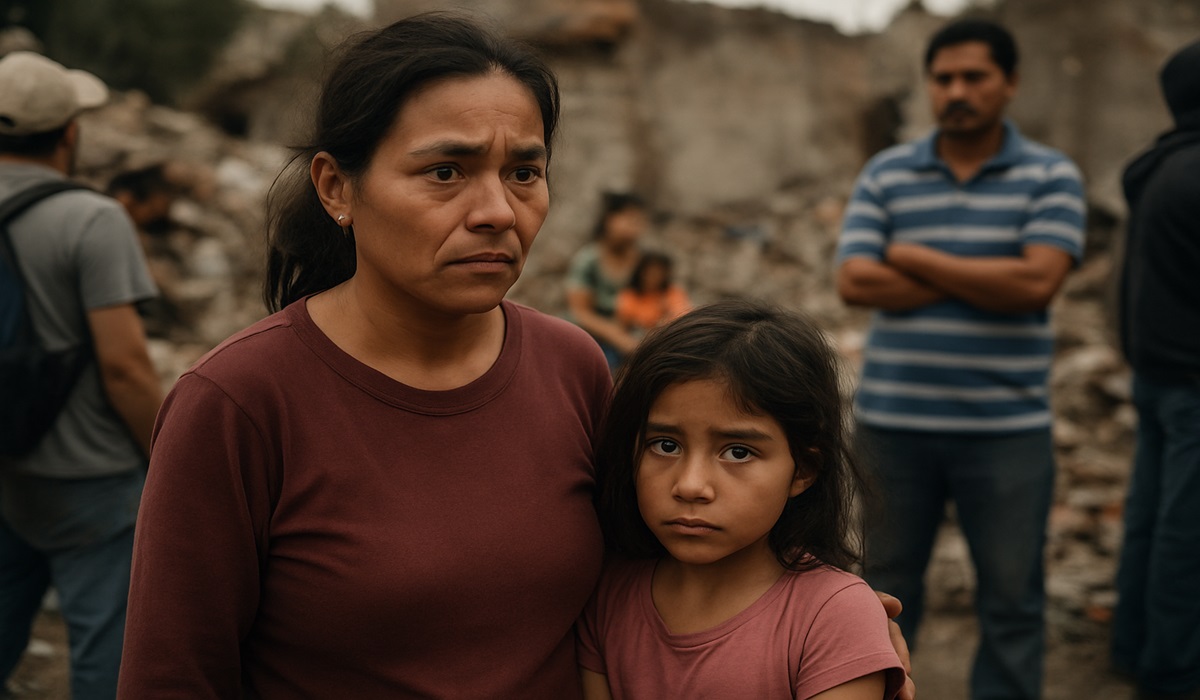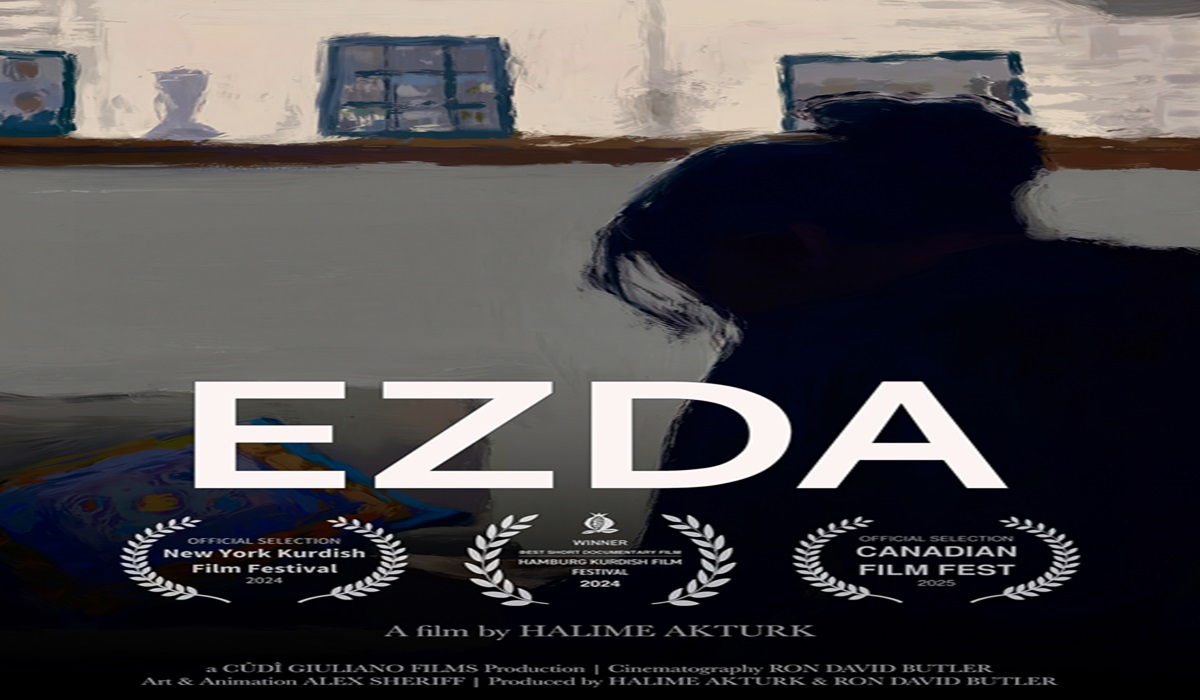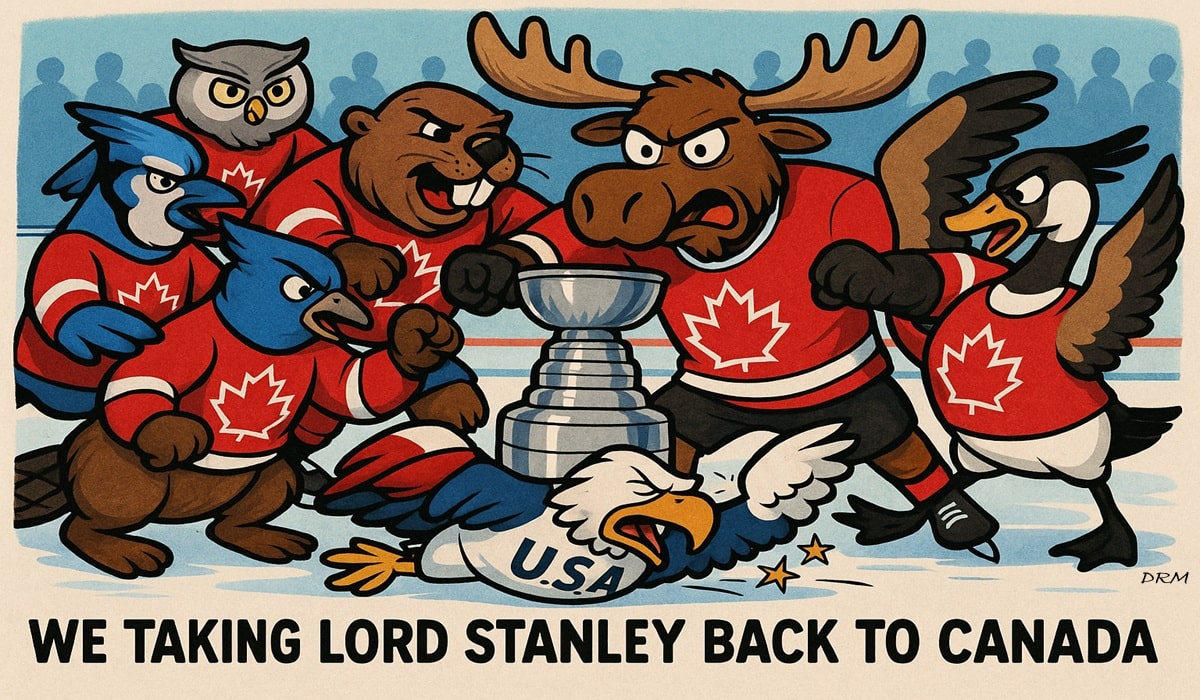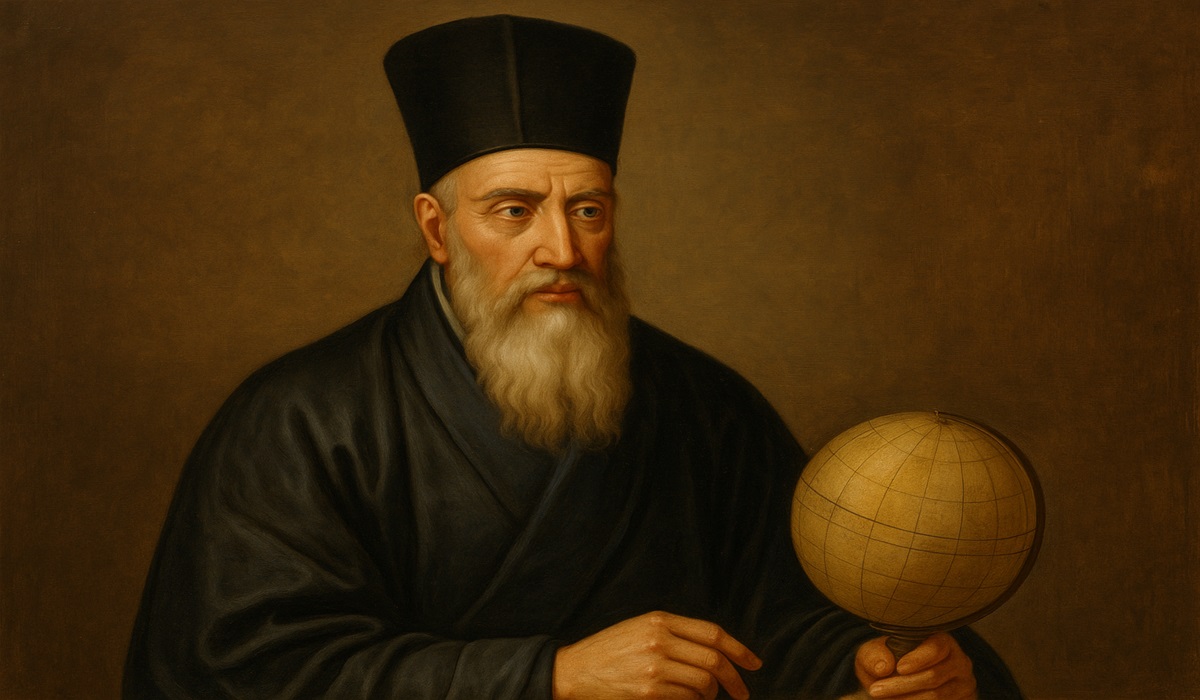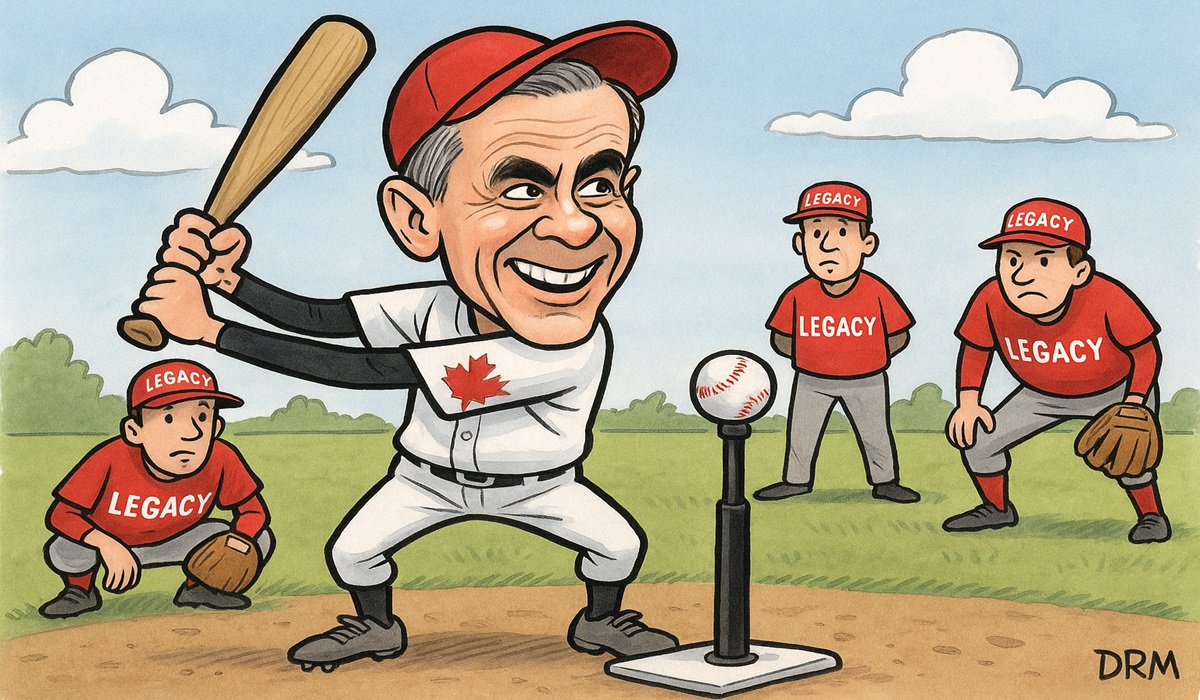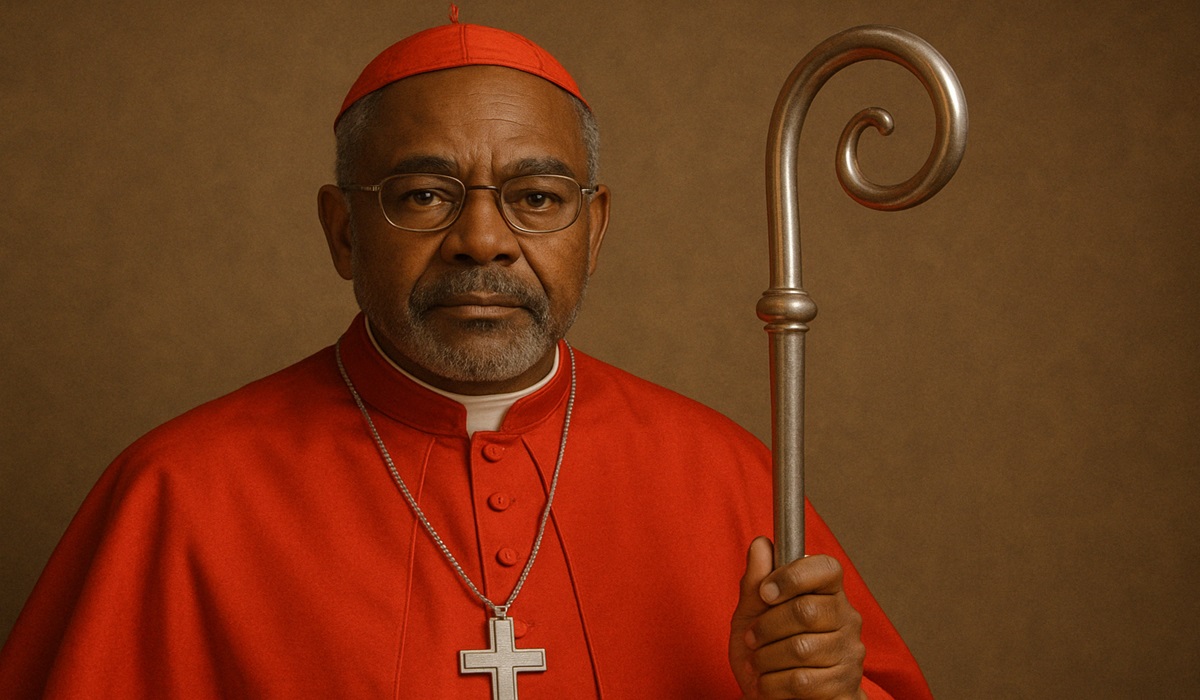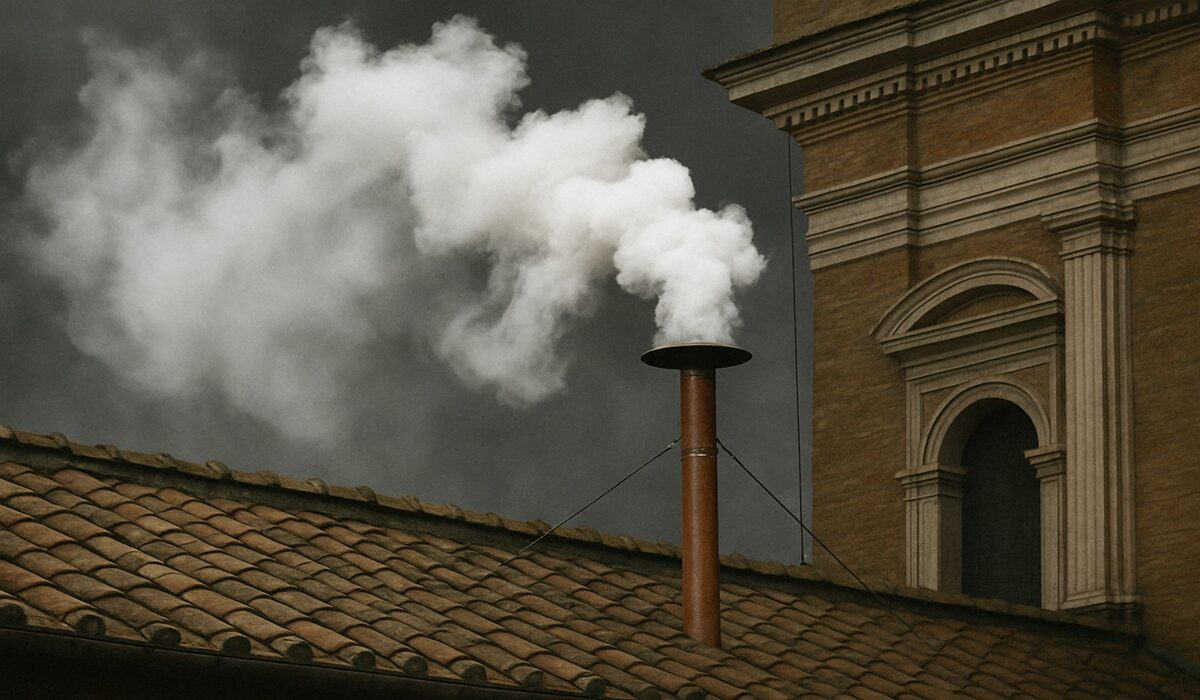The Enduring Symbol of the Peace Sign: From Origins to Modern-Day Resilience
- TDS News
- D.O.C Supplements - Trending News
- World News
- July 3, 2024

The peace sign, symbolized by an upward “V” made with the index and middle fingers, has evolved into a universal gesture of hope, resilience, and unity. This symbol, often seen in the hands of children in war-torn regions, carries deep significance and raises important questions about peace and the human spirit.
The peace sign’s modern origins trace back to World War II when the Allies used it as a “V for Victory” sign. British Prime Minister Winston Churchill frequently employed the gesture to signify defiance and hope against Nazi Germany. During the 1960s, the peace sign was adopted by the counterculture movement, which opposed the Vietnam War. It came to represent peace instead of victory, driven by a widespread desire to end conflict and promote unity.
The symbol gained further prominence during the civil rights movements in the United States, becoming an emblem of non-violent resistance and the struggle for equality. Activists, artists, and musicians used it to advocate for societal change. As global communication expanded, the peace sign spread across continents, becoming a universally recognized gesture.
Today, the peace sign appears in protests, social media, art, and popular culture. Its most compelling presence, however, is in the images of children in conflict zones. These children, often surrounded by devastation, use the gesture to express a desire for peace and normalcy. The sight of young faces displaying the peace sign amid violence is powerful and heartbreaking, highlighting the potential for peace in the most challenging circumstances.

Children are naturally influenced by their environment. When they flash the peace sign, it reflects an inherent desire for safety and stability. Unlike adults, who may become entrenched in conflicts, children see the world in simpler terms and long for basic rights such as play, education, and security. The peace sign is their silent protest against the chaos around them, a plea for a future without fear.
The prevalence of the peace sign among children in conflict zones underscores a disconnect between the desires of the young and the actions of adults. While children instinctively seek peace, adults often perpetuate cycles of violence and hatred. Hate and intolerance are learned behaviors, not innate ones. If children naturally gravitate towards peace, it suggests that the potential for a peaceful future lies in nurturing these instincts.
Images of children flashing the peace sign serve as a powerful reminder of the responsibilities of societies and governments worldwide. They call for introspection about the kind of world we are creating and the legacy we are leaving for future generations. The innocence at birth and resilience of these children should inspire global efforts to protect and nurture them by addressing the root causes of conflicts, promoting education, and fostering environments where peace can flourish.
The peace sign, as used by children in dire circumstances, is more than a symbol; it is a call to action. It implores the world to listen to the voices of the young and to prioritize their futures. It challenges adults to break cycles of violence and strive for a world where peace is a lived reality.

Global leaders and policymakers have a crucial role in this endeavor. They must work towards sustainable peace solutions, invest in education and development, and support initiatives that protect children in conflict zones. International cooperation and commitment are essential to creating a world where the peace sign reflects reality, not just a hopeful gesture.
There is immense potential in the youth themselves. As they grow, children who flash the peace sign could become the leaders, activists, and changemakers of tomorrow. By nurturing their potential and providing them with opportunities, we can empower them to drive the change that is so desperately needed.
The peace sign continues to be a beacon of hope in a troubled world. When children in conflict zones flash this sign, it serves as a powerful reminder of the universal desire for peace and the innocence often lost in the face of war. It challenges us to reflect on the world we are creating and strive for a future where peace is not just a symbol but a reality. The resilience and hope of these children should inspire us to work towards a world where every child can grow up in peace and security.

